Media | Articles
20 pairs of doppelgänger cars
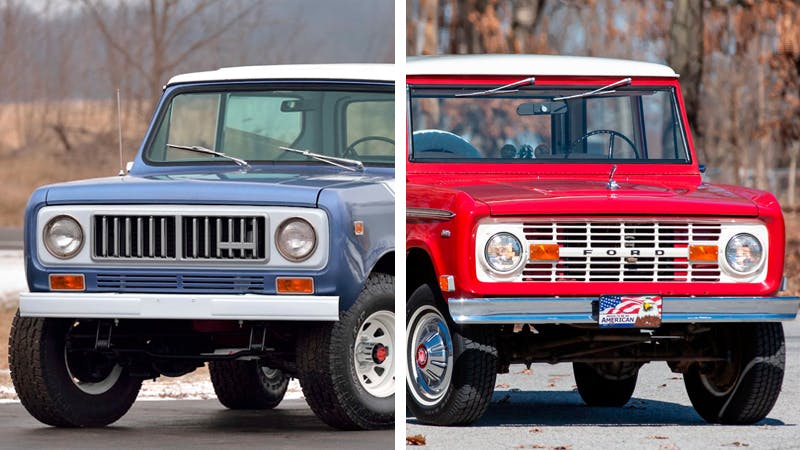
Imitation is the sincerest form of flattery, right? If that’s the case, there must be plenty of automotive designers doing an awful lot of blushing, because we managed to outline a long list of cars that share more than a passing resemblance to totally different models. We’re skipping badge-engineered cars or captive imports—that’s just cheating. Without further ado, here are 20 sets of cars, trucks, and SUVs that look a lot alike, whether by accident or by intent.
1969 Ford Mustang and 1973 Celica fastback
Toyota’s first Celica was a stylish coupe that shared its platform with a mainstream sedan, making it a sort of Japanese pony car. The standard coupe featured a front end design with quad headlamps and a bumper that wrapped partway up the pointed leading edge of the fenders. That aspect taken by itself resembles the 1970 Ford Torino, a bit of convergent evolution. When the 1973 liftback Celica debuted it was hard to deny that it was inspired by the Mustang. From the C-pillar louvers to the vertical elements in the taillights and flared haunches, this has Mustang fastback written all over it.
Chrysler PT Cruiser and Chevrolet HHR
It’s not so much that these cars look alike, but that the HHR was clearly designed with the same exact retro theme in mind. Bryan Nesbitt designed both, penning the shockingly successful PT Cruiser by drawing from late ‘30s cars for inspiration. After moving to GM, Nesbitt tried to get lightning to strike twice, looking to the late ‘40s/early ’50s Suburban as his muse for the HHR.
Marketplace
Buy and sell classics with confidence
Toyota FJ40 and Nissan Patrol
The Toyota looks more like a Jeep CJ while the Nissan Patrol looks a bit like an early Land Rover, yet they both still end up looking a lot like each other. We could probably pull in a lot more 4x4s into this discussion, and most of them owe their genesis to the original WWII jeep.
1st-gen Chevy S10 and 1st-gen Dodge Dakota
This one plays out in a similar fashion to the two previous SUVs. There are only so many ways to design a cab and a bed in a time when the predominant styling trend was boxy. The difference here is that the Dakota was bigger, so you could easily differentiate between the two, at least up close.
International Harvester Scout 80/800 and first-gen Ford Bronco
In the weeks and months leading up to the 2021 Bronco reveal, Ford repeatedly (and wrongly) referred to the first-generation Bronco, which debuted as a 1966 model, as the first-ever SUV. The International Scout, which debuted five years prior, filled the same niche and looked fairly similar. Their width was identical and the Scout was less than four inches longer overall. Scouts even got the rear wheel opening right on the first try, no cutting required.
1955 Chrysler 300 and 1956+ Volvo Amazon
Chrysler hit a home run on the elegant styling of the Chrysler 300, bringing sporty looks to a luxury coupe with a perfectly executed split grille. Volvo’s take is a bit more practical, naturally, although the similar grille treatment still looks magnificent. This one of our favorite classic Swedes.
1968–1972 Corvette and 1968–1973 Opel GT
Both of these designs borrowed from the Pontiac XP-833, but we’re not complaining. The swooping fenders of the Corvette pair nicely with the vented hood that came with the 427 big-block and LT1 350. It’s admirable that Opel could fit that much style into such a small package without looking too cartoonish. If we had to pick a favorite between the two, we’re going ‘Vette over GT, despite the satisfaction that comes with pulling the lever in the Opel to roll the headlights open.
Dino 246 GT and Puma GTE
Despite the fact that the Dino was a mid-rear-engine car and the Puma had its VW engine in the back, these cars both have tunneled headlights and a similar greenhouse shape. To the untrained eye, they’re not far off.
1968-1976 Ferrari 365 GTC/4 and Chevy Monza
Another Ferrari lookalike, this one is more of a stretch. Chevrolet’s Monza fastback was a contemporary update to the H-body Vega. While the Monza did get some small-block V-8s shoehorned into its small engine bay, there’s no confusing these two when it comes to performance, but the fastback Monza does have more than a hint of 365 GTC/4 shape in the greenhouse.
Maserati Khamsin and Bitter CD
We appreciate the beautiful pairing of low-volume European design and an available American pushrod V-8. This sporty Bitter, based on the Coupe Diplomat, offered Chevy 327 V-8 power. Plenty of European coupes from the ’70s have a similar overall aesthetic, but we think it most closely resembles the attractive Maserati Khamsin. It lacks the Maserati’s distinctive transparent tail panel, but otherwise, it would be easy to mix these two up.
1972-1976 Ferrari 365 2+2 and 1979 Bitter SC
Another Opel-based Bitter, the SC used Opel Senator underpinning to make a grand touring coupe that looked quite a bit like the understated Ferrari that had gone out of production three years prior. That’s the Ferrari on the left, FYI.
1989 Daihatsu Rocky and 1989 Suzuki Sidekick
These two Japanese mini utilities were both introduced in 1989, and while they do have unique features that differentiate themselves, namely their fender flares and grilles, they both came in two-door versions with removable hardtops or soft tops and the angle of their C-pillars are virtually identical.
1975 AMC Pacer and 1977 Porsche 928
The proportions are wrong, we readily admit. However, you can’t dismiss the similarities with the wraparound quarter windows. Porsche designer Tony Lapine was supposedly struck by the Pacer’s design and it inspired the grand touring Porsche’s B-pillar and rear glass treatment. The 928 has nothing on the Mirthmobile though.
1966 AMC Marlin and 1966 Dodge Charger
Both large coupes with fastback rooflines, it would be hard to argue that the Charger wasn’t inspired by the 1963 Rambler Tarpon concept that gave birth to the AMC Marlin. AMC was initially aiming for a Barracuda competitor but the Marlin was a size larger and the Charger was larger still. We’d argue that Mopar pulled off a better roof profile, although the Marlin’s tapering roof lines, when viewed from the back, also remind us of a Chrysler Crossfire.
Mitsubishi Starion/Chrysler Conquest and Mazda RX-7
There was quite a bit of competition among the Japanese automakers in the sports compact market, filling showrooms with turbocharged coupes throughout the ’80s and ’90s. Mazda’s effort of the era, the second-generation RX-7, was inspired by the Porsche 944, as evidenced by its subtle box-flared fenders. Less subtle were the flares on the wide-body version of the Mitsubishi Starion, which we also got in the United States as the Chrysler Conquest. The two cars have a similar overall shape, both have pop-up headlights, and the resemblance is particularly strong when the RX-7 wears its optional black horizontal trim that runs right across the nose. The C-pillar quickly distinguishes the two.
1971-1972 Chevy K5 Blazer and 1972-1973 Jeep Commando
The Jeepster Commando was Jeep’s take on a Scout/Bronco competitor. If we say it looked like a CJ with a stretched fiberglass top it would be accurate but it wouldn’t do it justice. They still look great. To shake things up for 1972, Jeep dropped the Jeepster name and the Commando got a full-width front grille and new sheetmetal from the cowl forward. The grille looks a bit like Chevrolet truck’s “egg-crate” design from 1971 and 1972.
Kia Optima and Kia Stinger
We normally would ignore family resemblance when talking about doppelgängers, although these two sedans penned by former Audi designer Peter Schreyer look so much alike while being very different under the skin. The Optima is a FWD family hauler and the Stinger is a RWD sport sedan. Their profiles and C-pillars are quite similar, so don’t feel bad about getting confused when you see one on the street.
1997 Porsche Boxster and 2000 Toyota MR2
With their buggy eyes and prominent side air intakes, these two mid-engine drop-tops are frequently mistaken for one another, especially at a quick glance. Insider factoid: both have the exact same amount of headroom with the top down!
Third-generation Chevrolet Cavalier and 2004 Pontiac GTO
Certain members of the Hagerty staff have been quick to defend criticism of the 2004-2006 Pontiac GTO. Detractors will say that a muscle car like the GTO should look bold and brash, while we counter that the original muscle cars were simply two-door versions of everyday sedans that were given a performance boost by way of a big V-8. In that regard, the GTO fits the muscle car template well. However, we can’t deny that it also looks like an oversize Cavalier. We still love them.
Hummer H1 and Toyota Mega Cruiser
There was nothing on the road quite like the Hummer H1, the civilian version of the U.S. military’s HMMWV, until Toyota built itself a version. Need we say more?
Alas, there are many more lookalikes, but by this point we’re seeing double. Let us know which vehicles you think bear more than a passing resemblance.
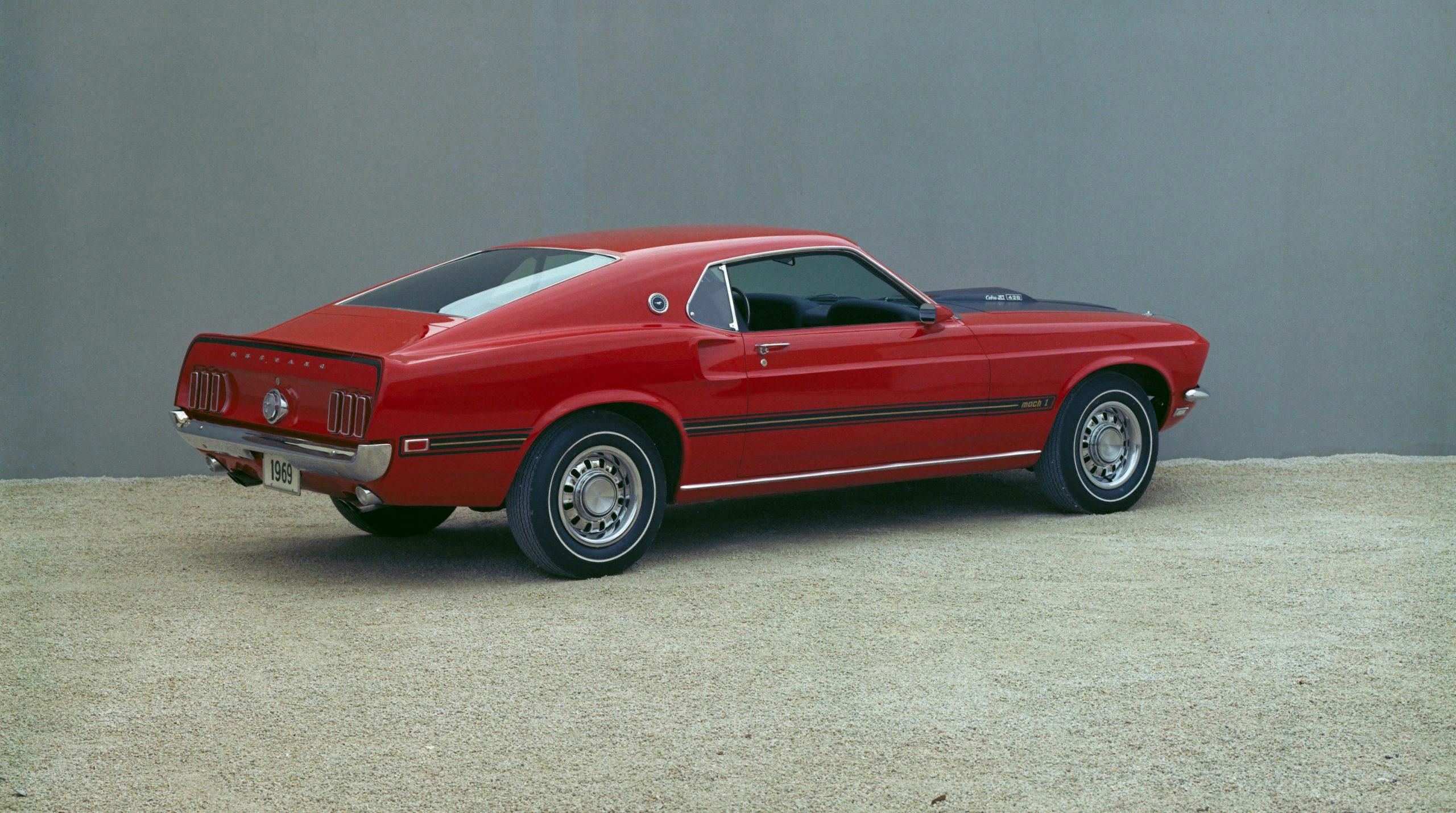
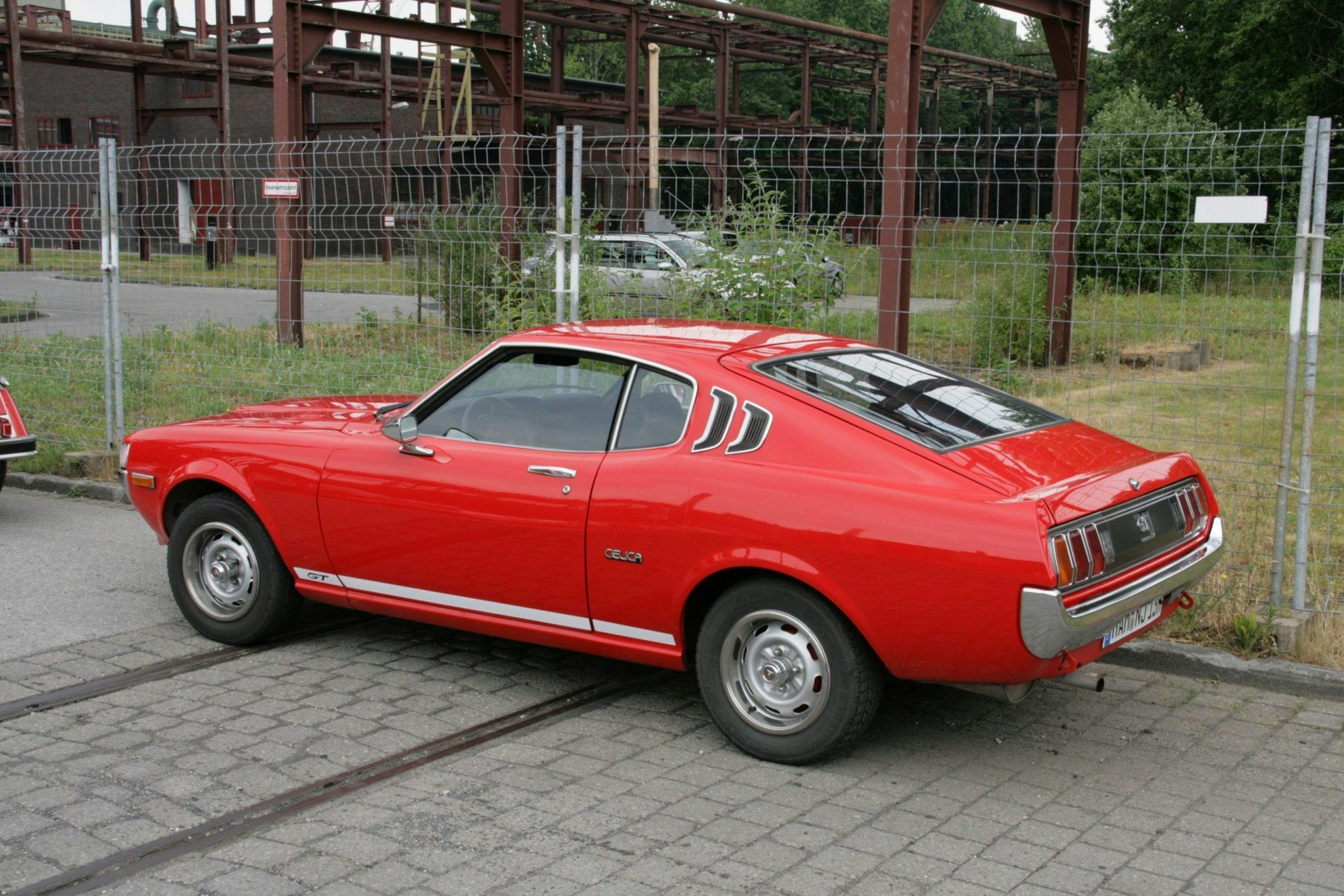

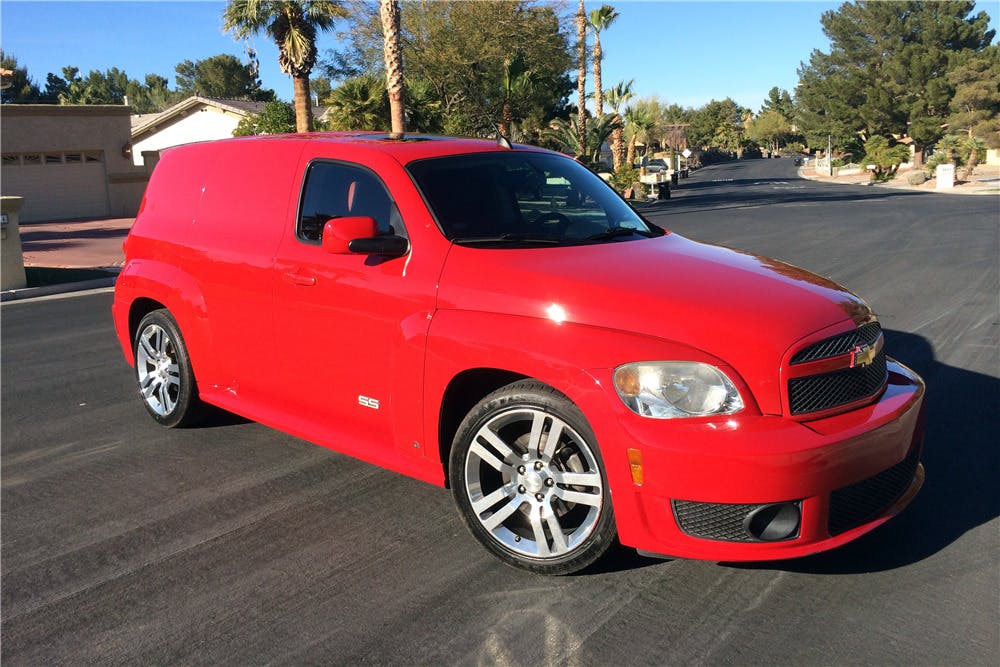
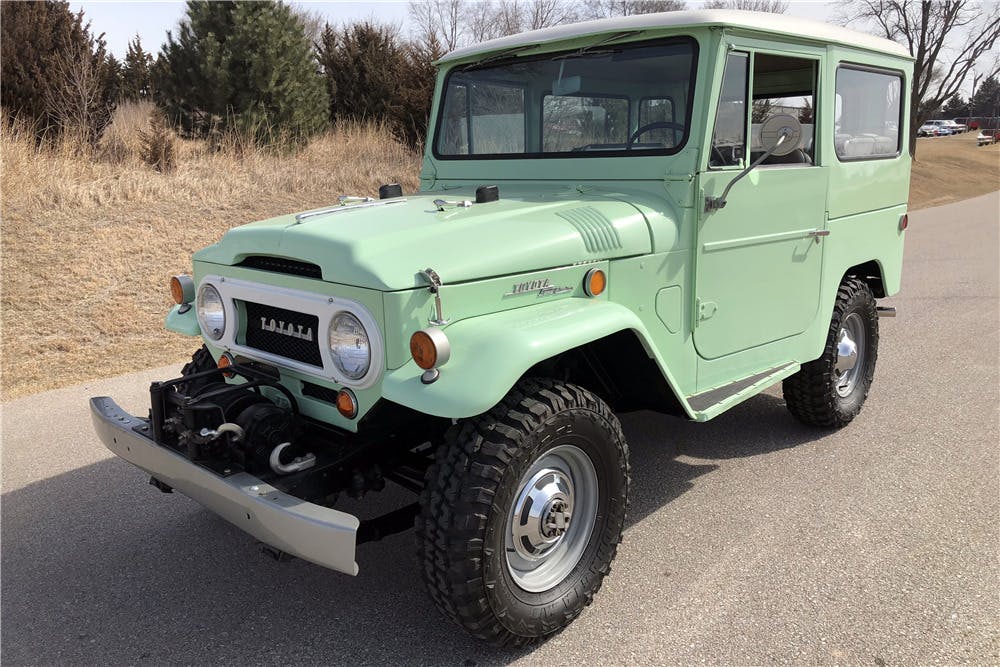

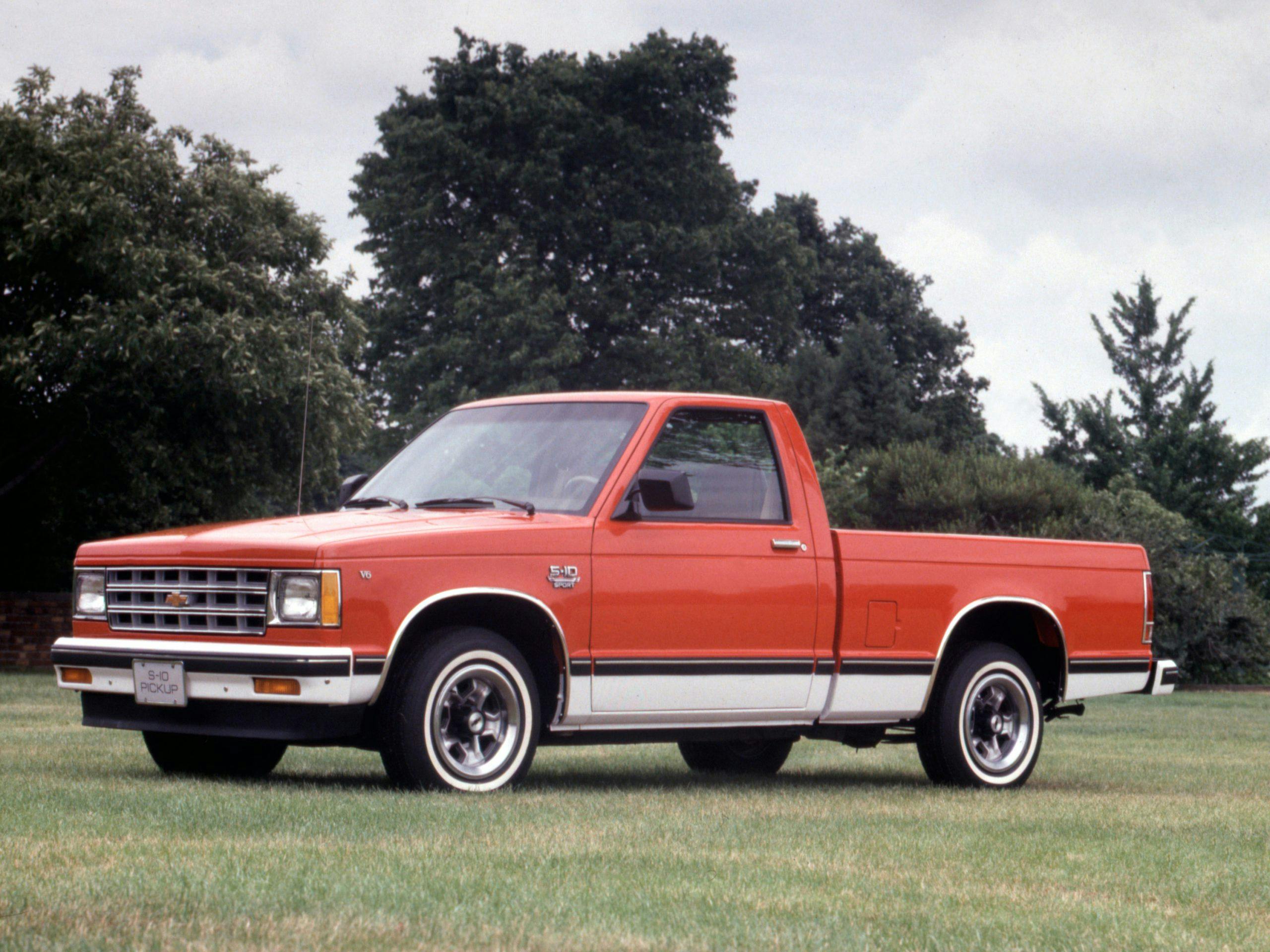
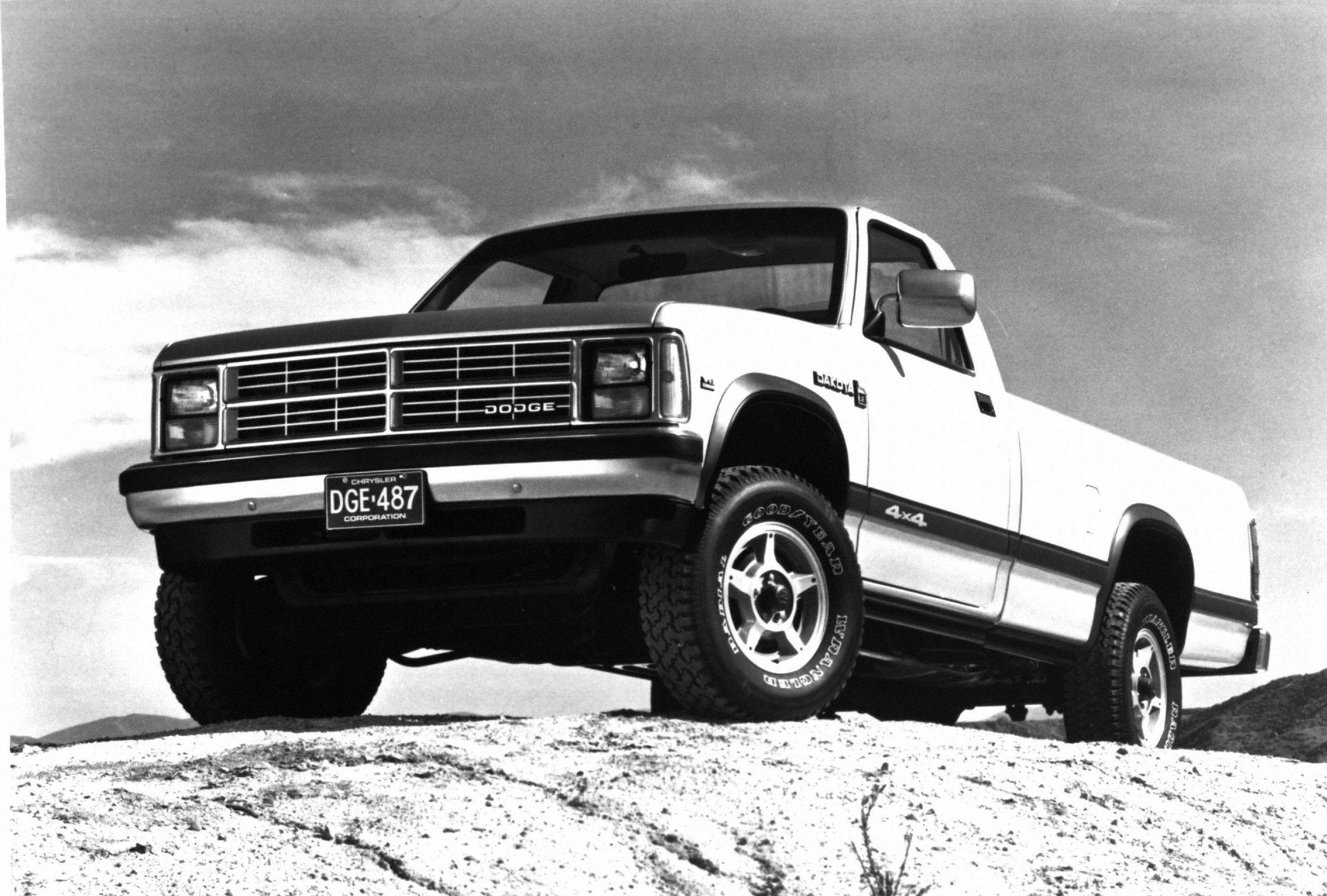
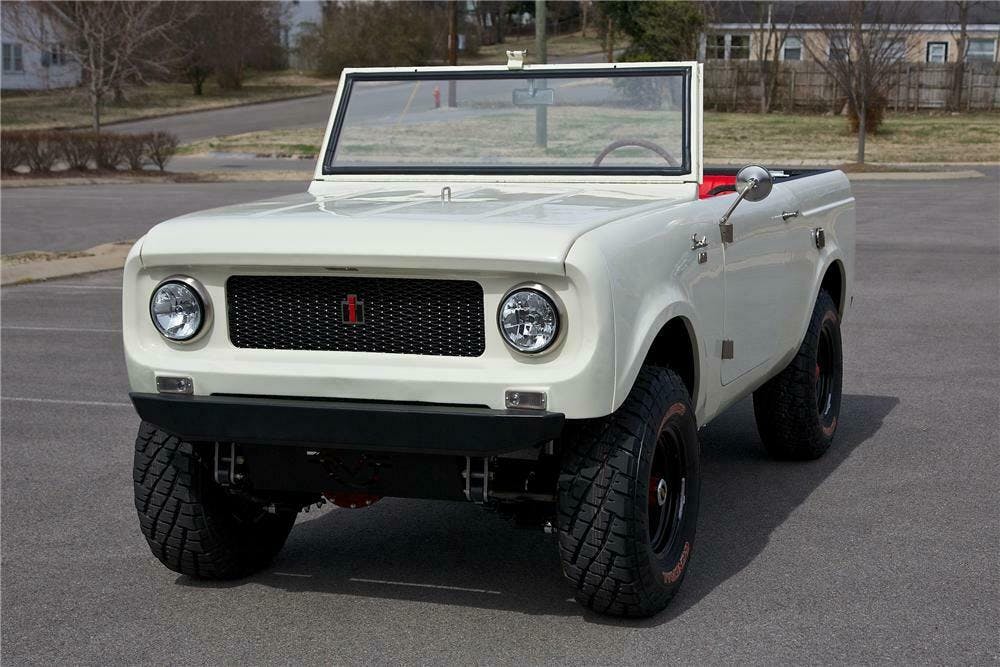

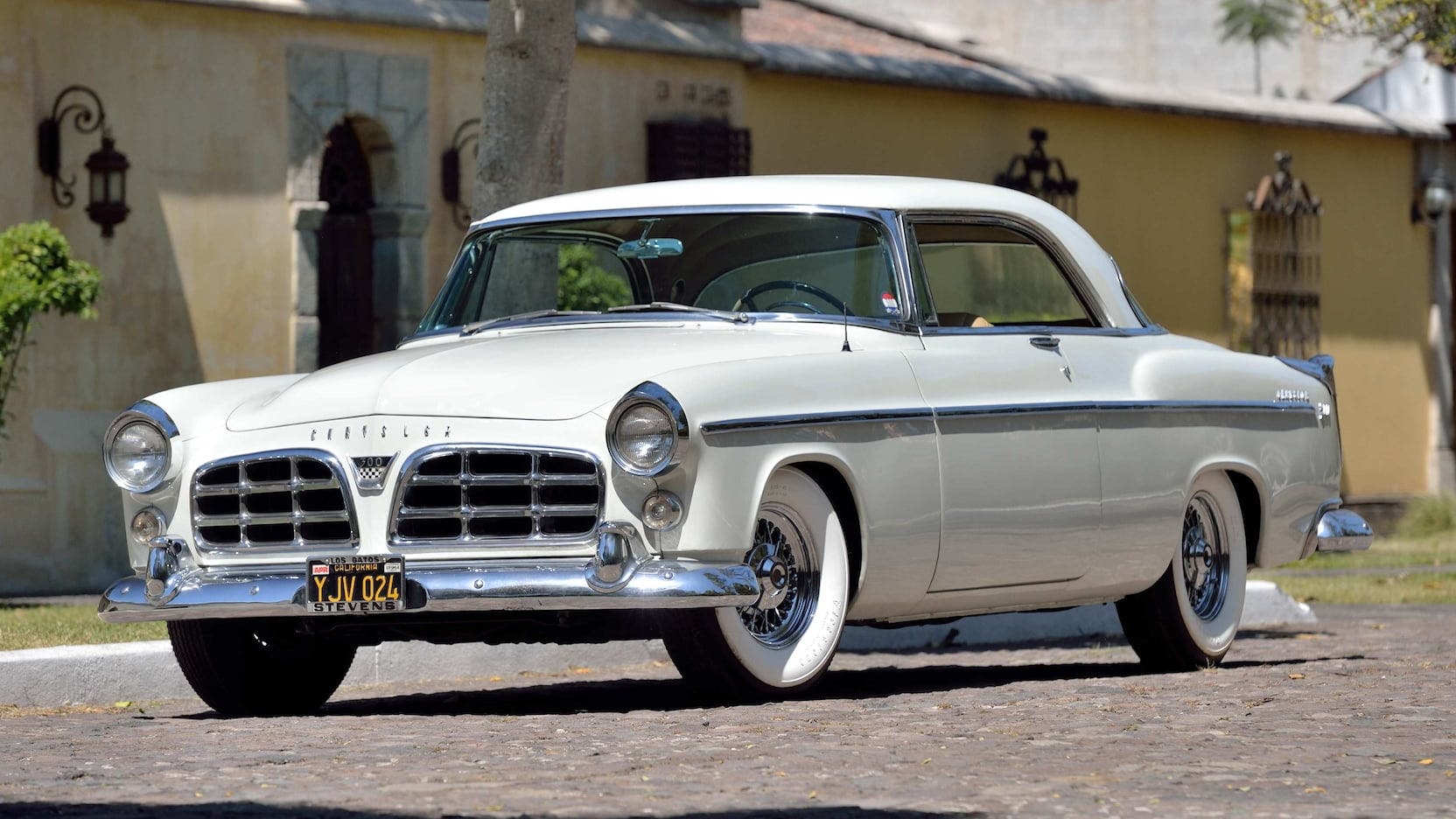
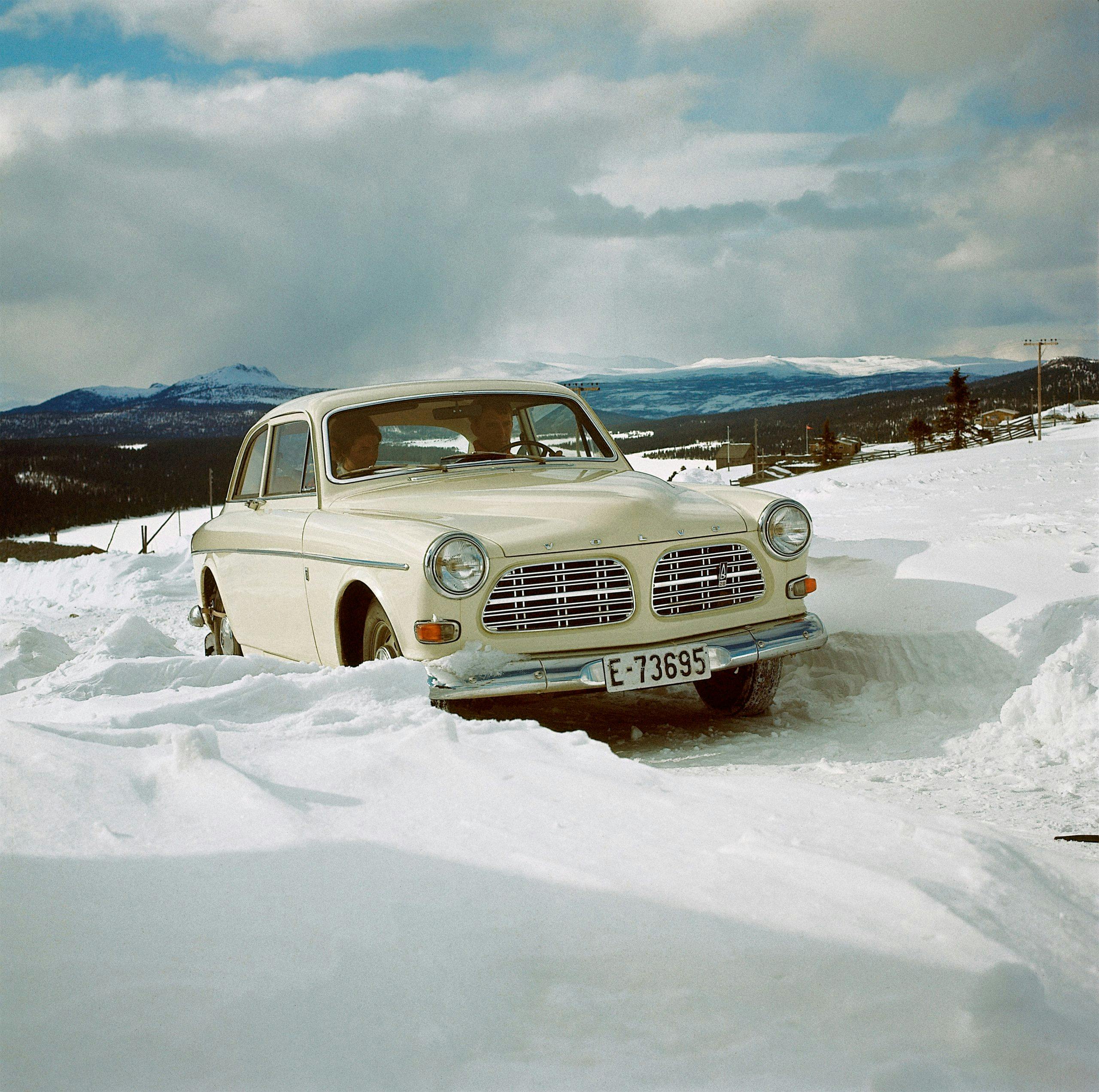
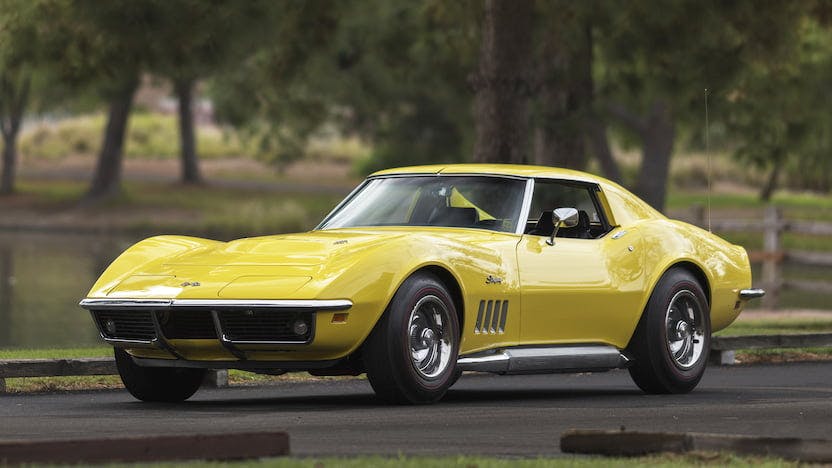
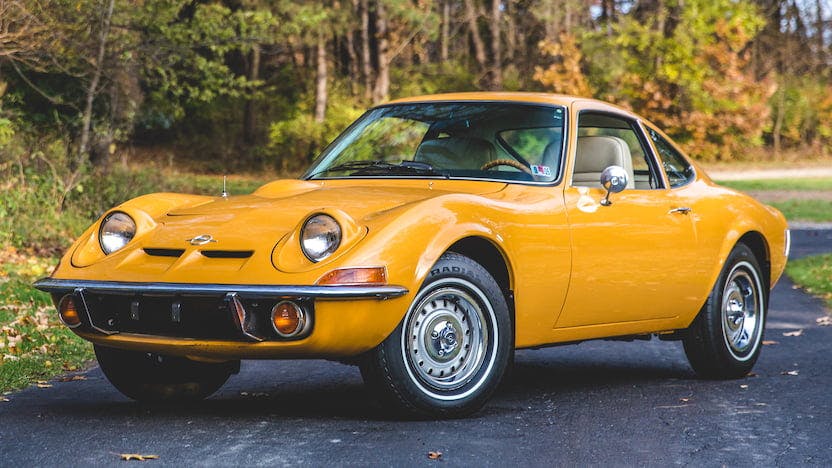
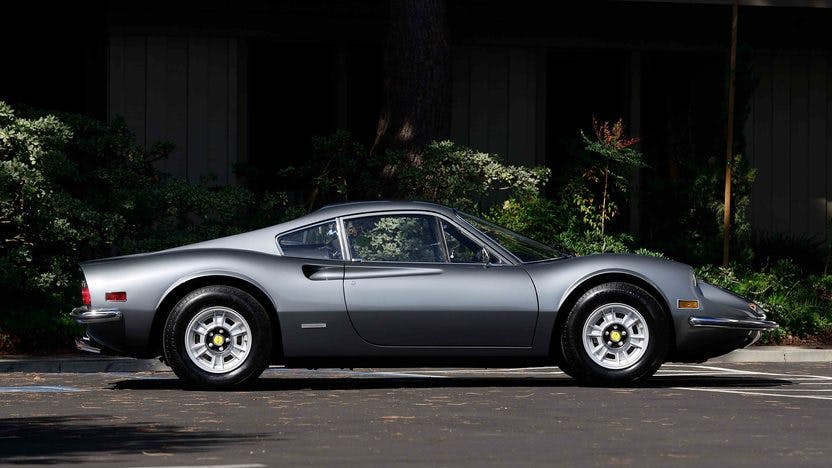
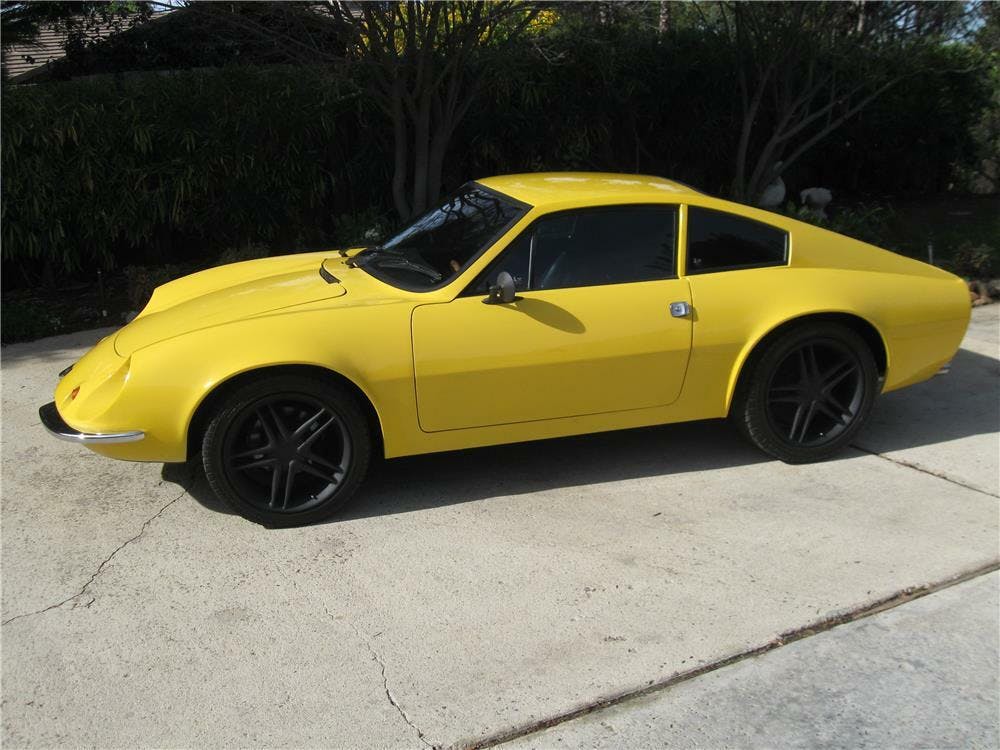
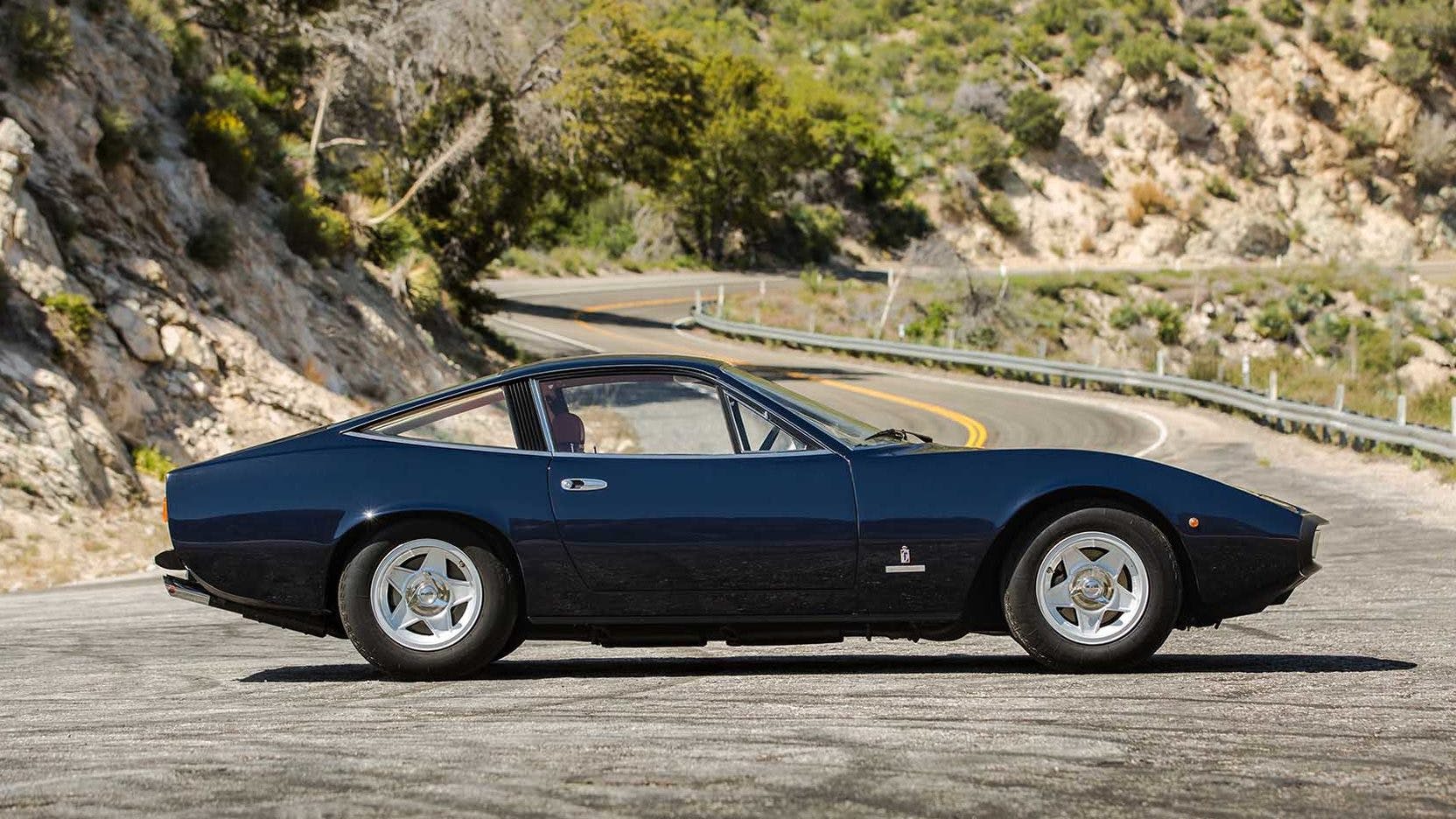
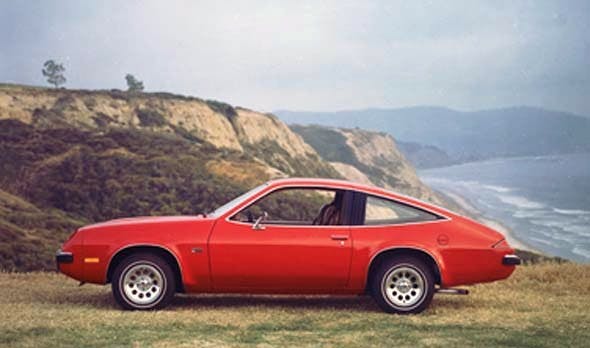

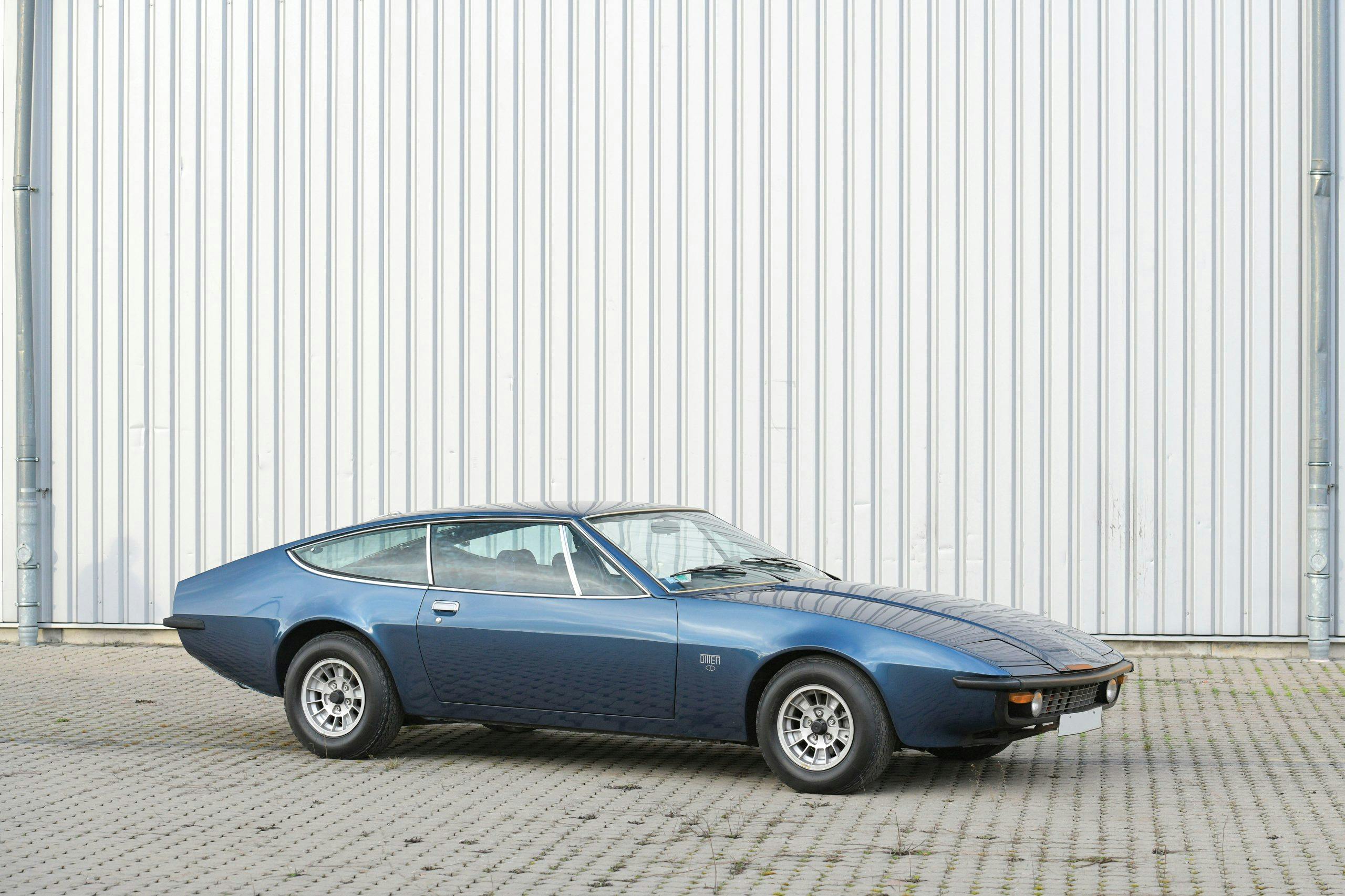
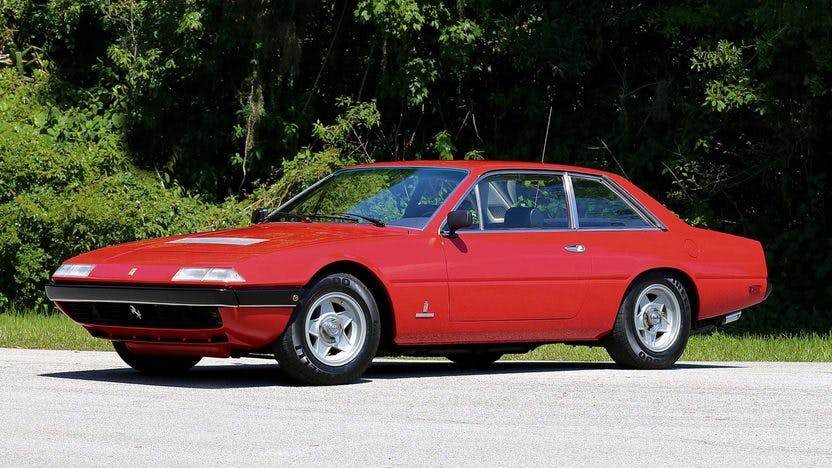
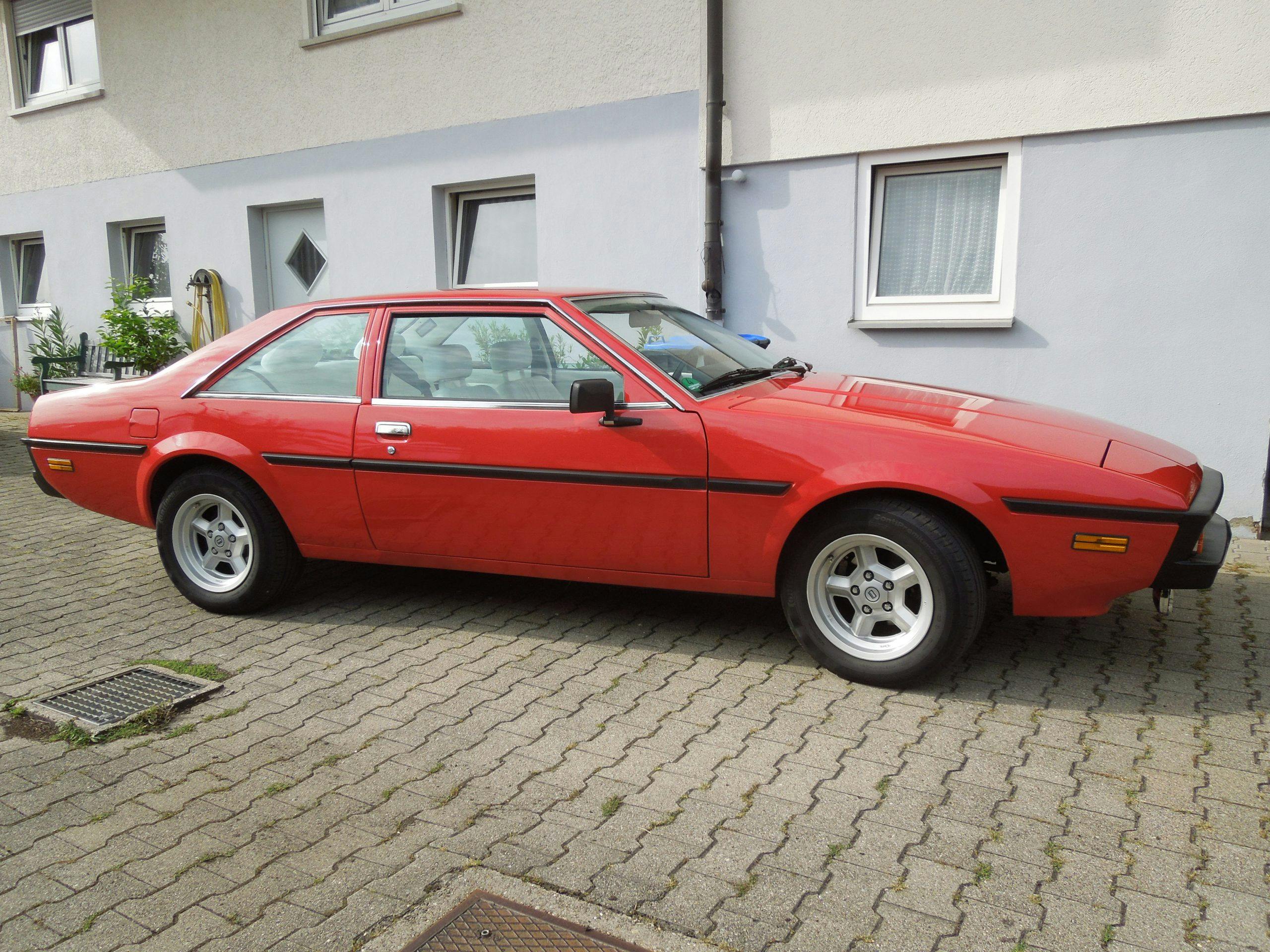
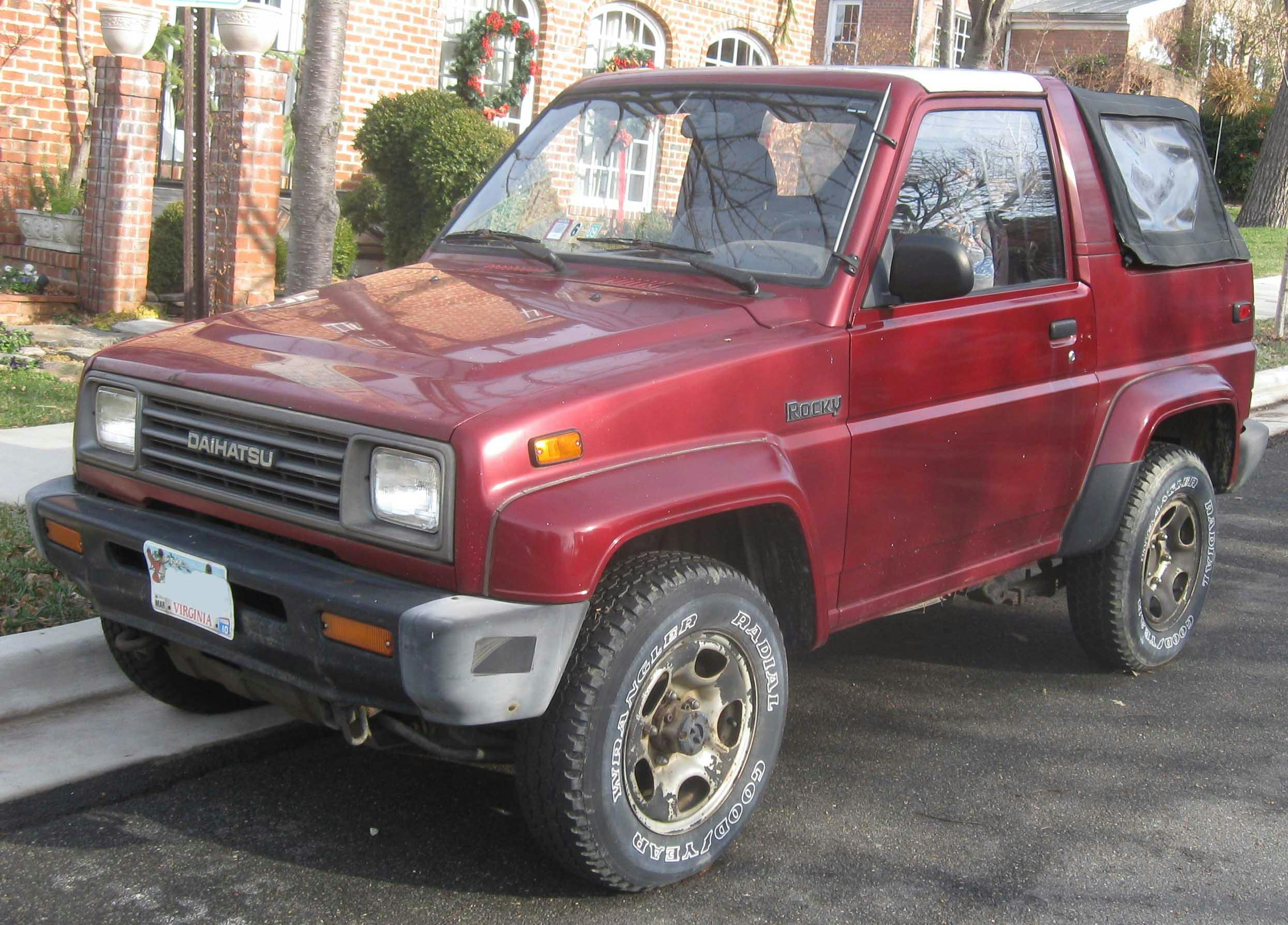
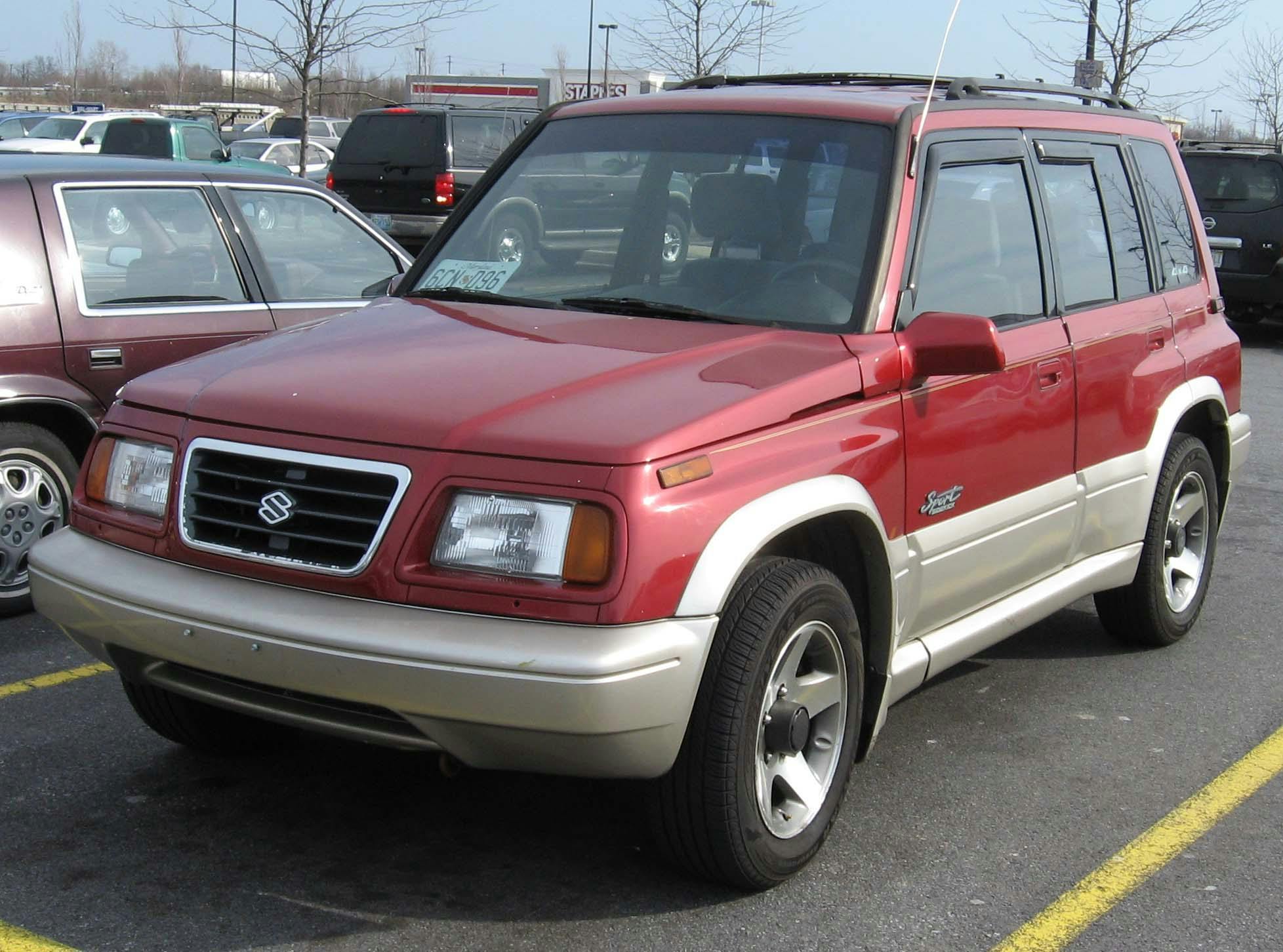
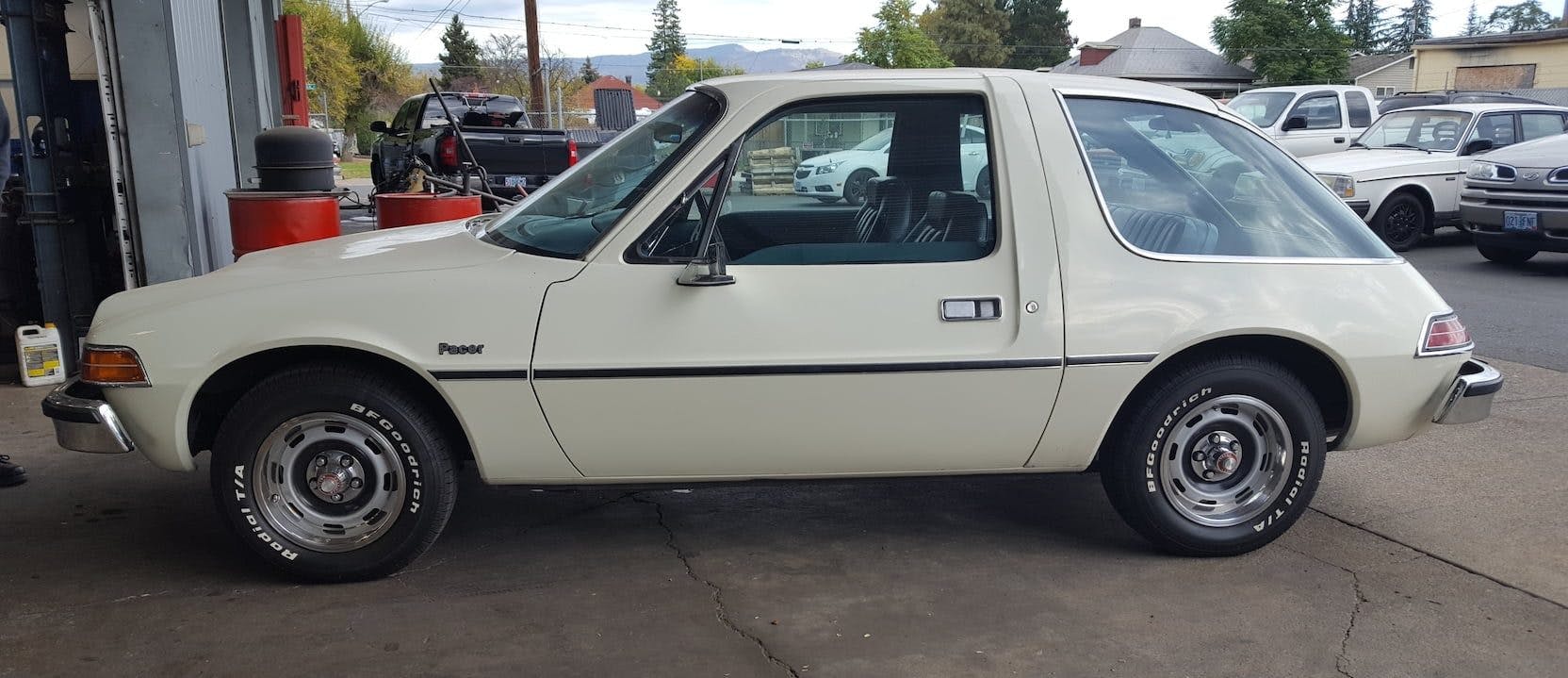

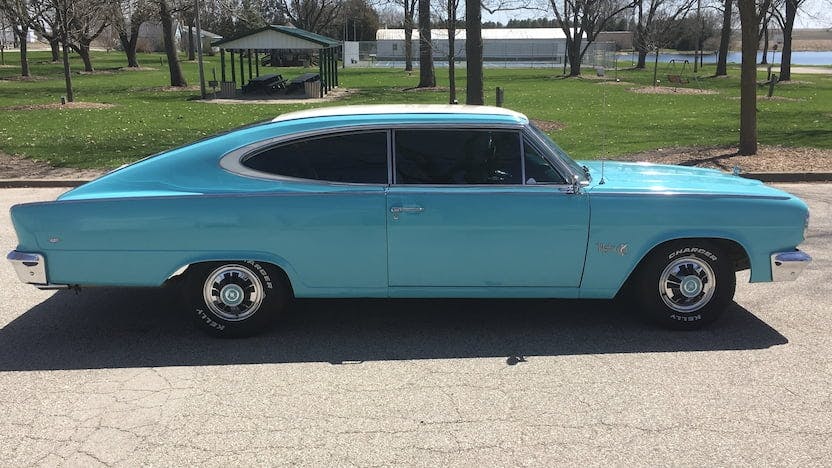
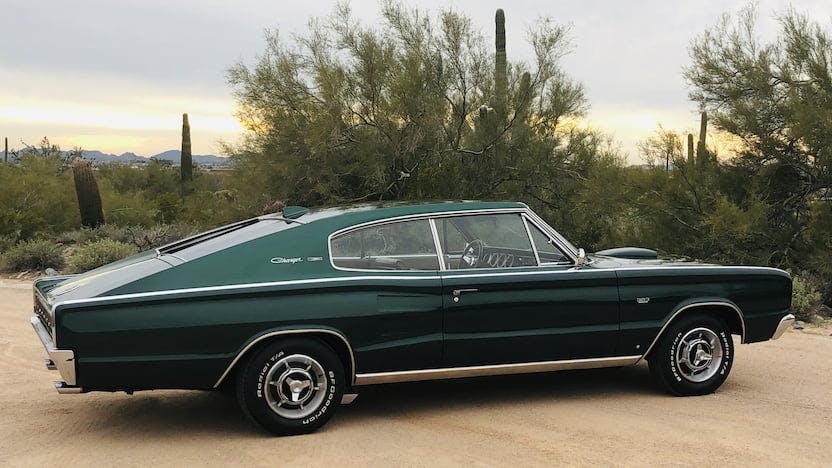


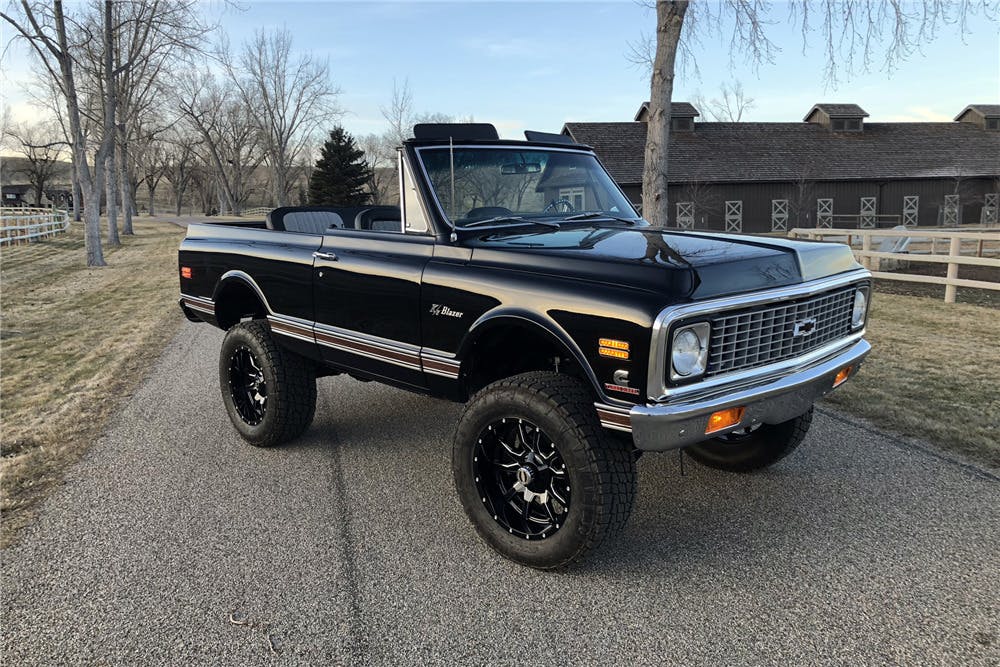
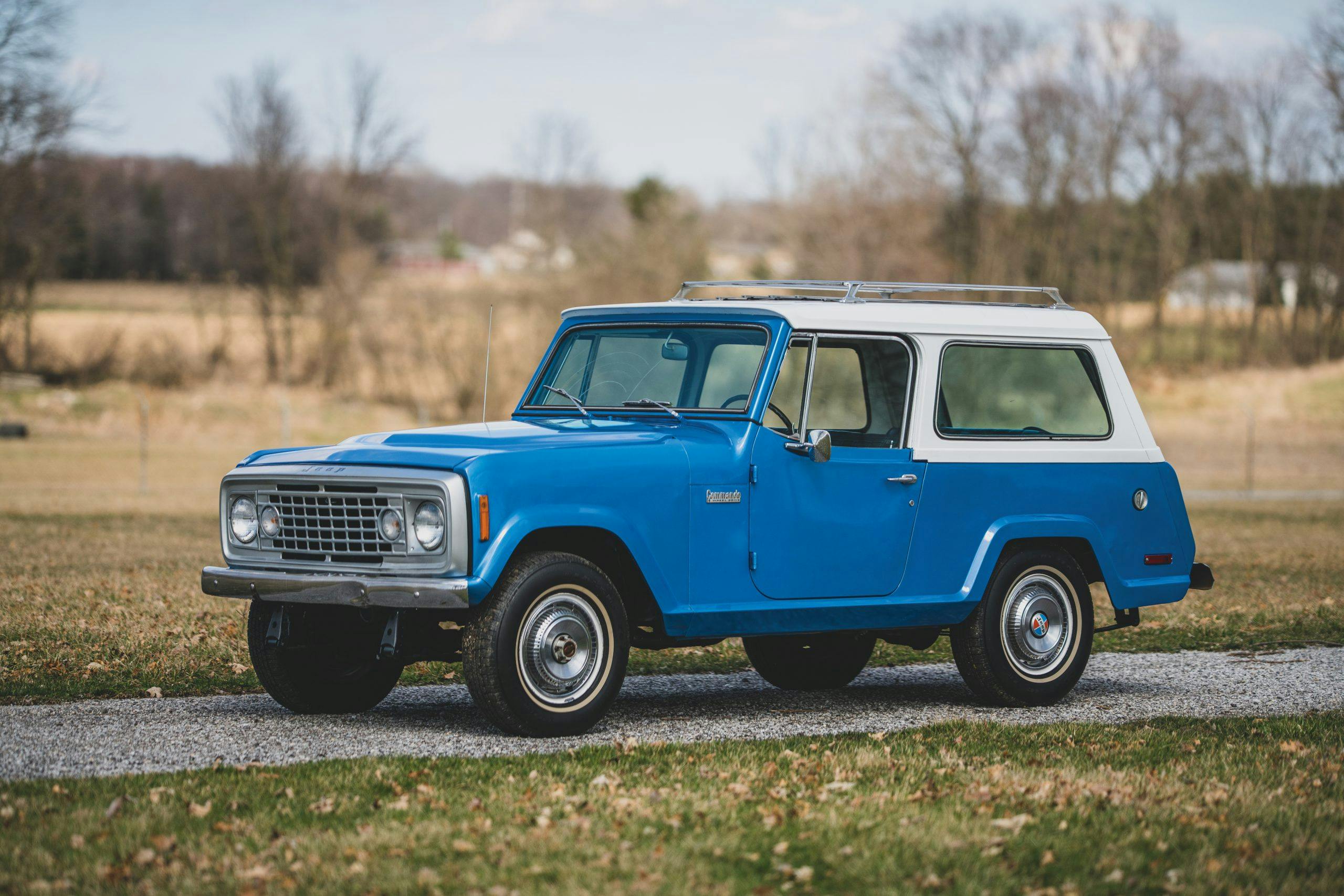
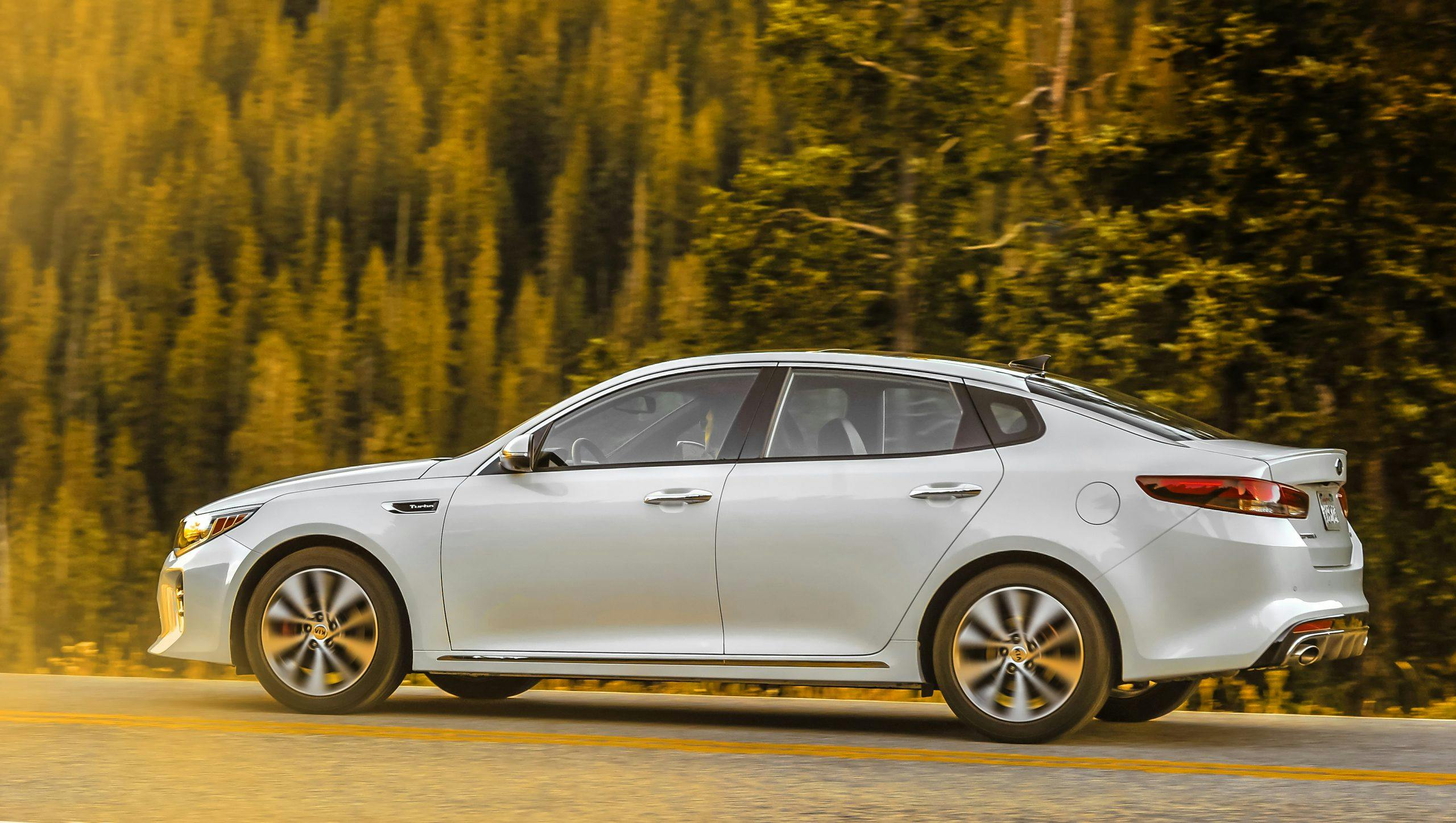
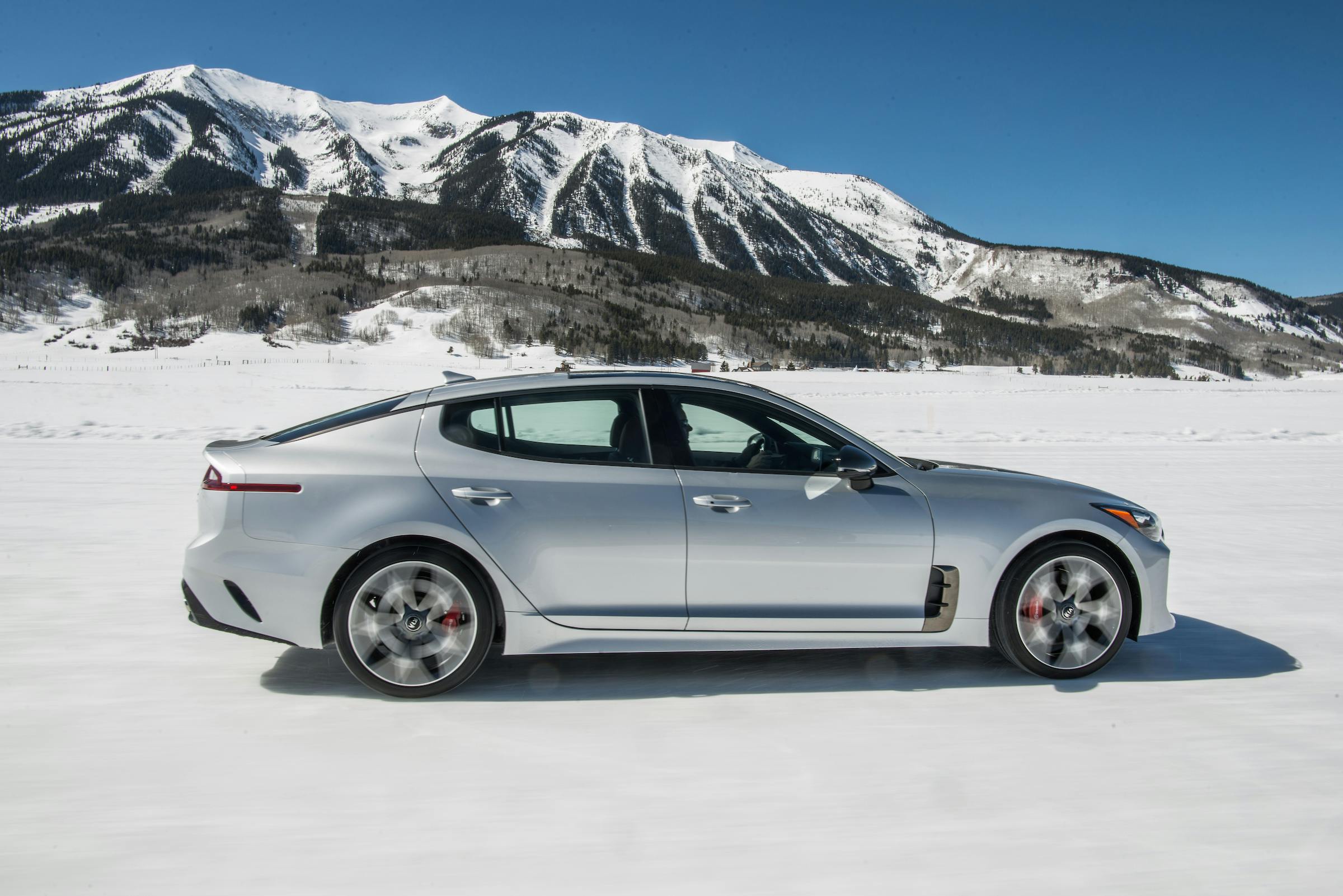

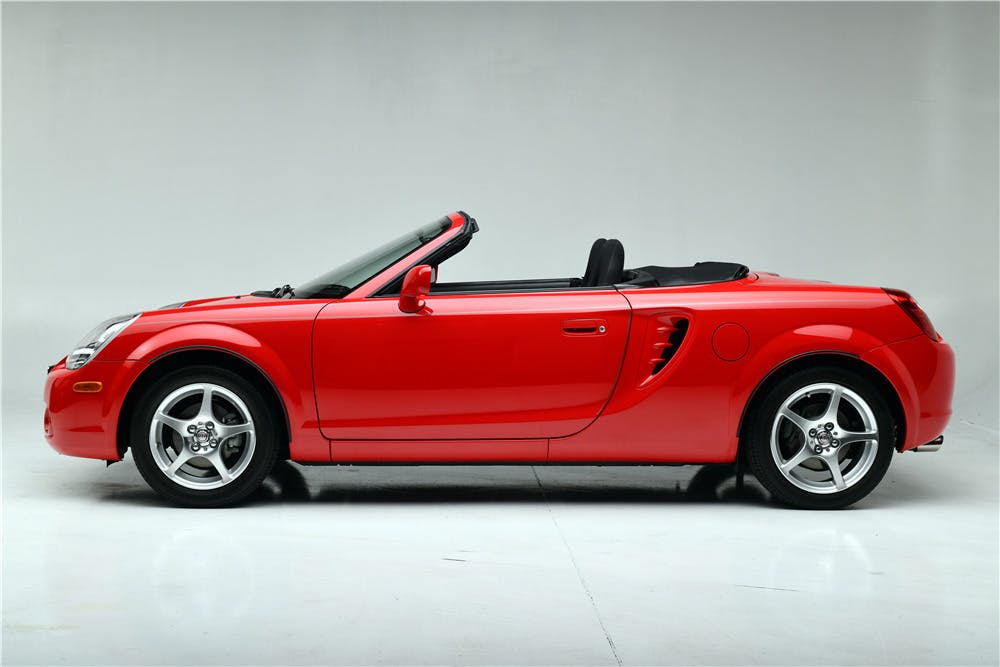

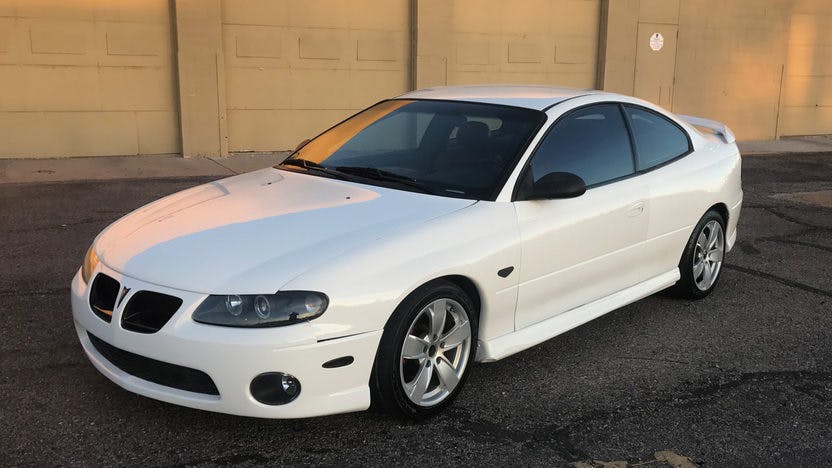
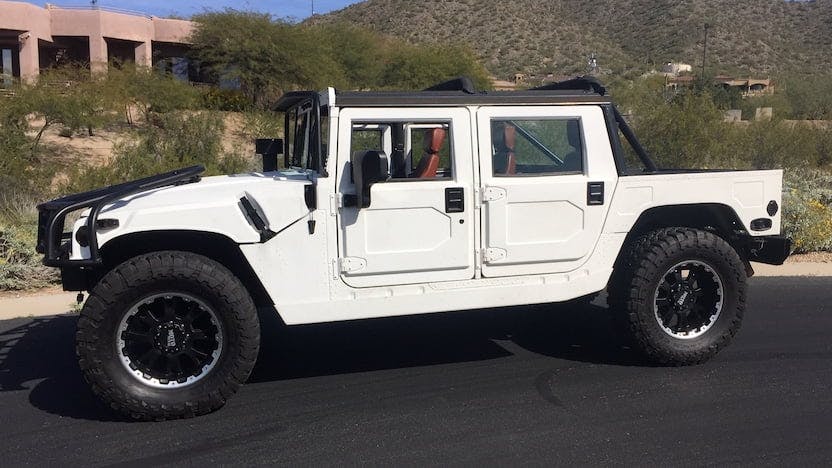











































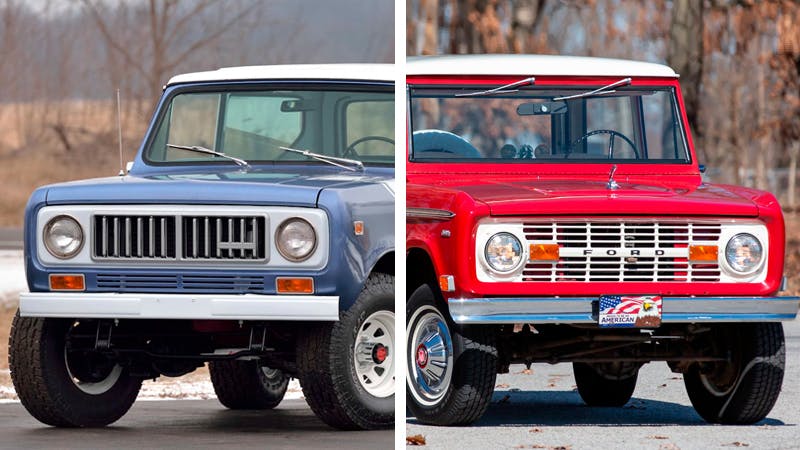
How about Toyota Prius and third gen Honda Insight?
You’re forgetting the 1988 Aston Martin, DB and the Mustang II from Ford
Or the later model Aston Martin’s and the Ford Fusion.
2003-06 Hyundai Tiburon V6 GT and the Ferrari 456 GT
The Dodge 600 and the Mercedes 600 were the most egregious example…
Dodge 600. If I recall wasn’t that a rebadged Renault? I’m not sure.
No, Dodge 600 was the long wheelbase K-car.
Another K car variant. I actually had one for a bit. Underpowered, but otherwise a really nice car.
I think the Porsche 928 backend reminds me of the AMC Matador more than a Pacer.
Agreed.
There are certainly a lot of “twins” out there- sometimes for the good and sometimes for the “ugly”. 250 TDF Ferrari and similar vintage Alfa Romeo Giulietta Sprint coupe- the latter being a 2/3 scale from the side view but definitely not the same car for sure! I guess that copying remains a form of flattery- even in the realm of industrial (auto) design-
Every time is see those silly ridiculously overpriced Mercedes G boxes I think “nice Isuzu Trooper”.
How about ’56 Packard Clipper and the Soviet GAZ Chaika?
Raymond Loewy sure noticed: he called the Russian car a “Drakcap.”
When I was a kid, I thought the ’57 Chevy copied the ’56 Studebaker
I loved my 2004 GTO, but it without a doubt did look like the product of a 97 cavalier and a 98 Grand Prix coupe that met one torrid night on a dark Detroit back alley.
I was standing in the GM booth at SEMA, looking at the first 2004 GTO, and made a similar comment to my friends. An older gentleman standing next to me remarked, “we did the best we could with a generic body, I hope the performance is enough to sell them”. I started to disagree, but noticed his badge, “Jim Wangers”, so I shut up and asked for an autograph. Sadly, they were too expensive with an econo-coupe body.
For something that so many dissed back then, it is interesting how the 2004-6 GTO has now become something of a collectible, keeping prices up.
That is pretty cool, meeting Jim Wangers!
As the long-term owner of a 1998 Grand Prix GTP coupe (and an admirer of the GTO), I would say that the GTO’s “parentage” is not so bad. After all, the Cavalier coupe was an attractive design, especially when compared to such homely competing cars as the 1997 Ford Focus coupe.
I just never understood the flap about the GTO; I thought it was a good, clean-looking design, without unnecessary stuff cluttering the body (such as on the Subaru WRX).
The Ferrari 250GTE 2+2 (1962) clearly inspired the Chevy Vega (1971). GM was not afraid to copy from the best.
E-type Jaguar and the 240 Z
I’m thinking the Triumph GT6 did a better E type imitation that the 240Z.
A couple of these are stretches, methinks. However, a few of them are amazingly similar looking.
PRECISELY the word I was going to use.
Agreed. I would mistake a few of these from a distance, but I would never mistake a Monza and a Ferrari, or a Pacer for a Porsche. I was expecting the Mahindra Roxor and Jeep Wrangler…I think those were close enough for a lawsuit. And there are several Chinese cars (that I can’t name without looking them up), but appeared to be direct copies…
Years ago, I owned a Honda s2000…it used to drive me crazy how many ppl thought it was a Miata…I never saw the similarity, but a lot of ppl obviously did.
Agree, and I’m sure that Porsche will be flattered having the 928 compared to the Pacer.
same thought here
I thought the Pacer and the Porsche were a bit of a stretch!
Literally? 🙂
But the comment that the Porsche designer was influenced by the Pacer rear treatment is true. I think that’s the only reason the comparison was included — they definitely don’t look very much alike!
LOL! But my Pacer was much more reliable than a my 928. But most of that relies on the maintenance history of both used cars.
1st Gen Ford Taurus and Audi 5000? C’monnnnn….
AGREED!
Where is the Porsche 924 and the first generation RX7???
How about the Porsche 944 and the second gen RX7?
You are right about that.
Lotus Europa Twin Cam and 1973 Mercury Cougar :
https://www.berlinetta-auctions.co.uk/weekly/img/online_car/featured/upload/1504336497758-1972-Lotus-Europa-Twin-Cam-Special-JPS_3.jpg
and
https://upload.wikimedia.org/wikipedia/commons/thumb/c/c4/1973_Mercury_Cougar_XR7_%2825674215461%29.jpg/2560px-1973_Mercury_Cougar_XR7_%2825674215461%29.jpg
When I saw the subject of this email my first thought was the 69/70 Mustang and the celica. Apparently it was the authors first thought as well.
Exactly, shame the 73 celiac left back didn’t make it to the states until 1976 and while it was still a LB it did t share the same tail lights that made it a twin originally.
1957 Ford Thunderbird/ ’60s Sunbeam Alpine
How about the 1st Gen. Corvair and the Sunbeam/Hillman Imp?